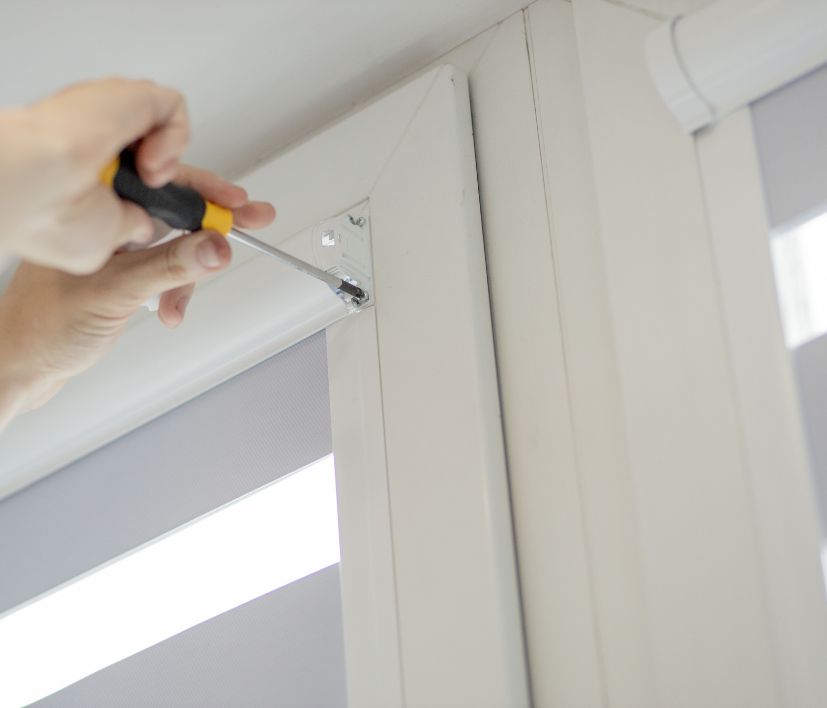When it comes to installing blinds, a common dilemma arises: should they be fitted on the inside or outside of the window frame? The decision may seem trivial at first, but it can significantly impact the overall aesthetics and functionality of your space. Let’s explore the pros and cons of each option to help you make an informed choice that suits your preferences and needs.
Inside Mount: A Sleek and Streamlined Look
Pros:
Clean Aesthetics: Fitting blinds inside the window frame provides a clean and streamlined appearance. This option is ideal for those who appreciate a minimalist and unobtrusive look in their living spaces.
Enhanced Privacy: Inside-mounted blinds can offer enhanced privacy, as they sit closer to the glass and cover the entire window opening. This can be especially beneficial for bedrooms and bathrooms.
Showcasing Architectural Features: If your windows have unique architectural features, such as molding or trim, installing blinds inside the frame allows you to showcase these elements without obstruction.
Cons:
Light Gaps: Achieving complete light blockage can be challenging with inside-mounted blinds. Small gaps between the blinds and the window frame may allow some light to seep through, which could be a consideration for those who prefer a darker room for sleeping or media consumption.
Limited Depth: The depth of your window frame can impact your choice. Windows with shallow frames may not provide enough space for certain types of blinds when mounted inside.
Outside Mount: Versatility and Light Control
Pros:
Improved Light Control: One of the significant advantages of outside mounts is the ability to better control light. By extending beyond the window frame, these blinds can block light more effectively, making them an excellent choice for spaces where light control is crucial.
Illusion of Larger Windows: Mounting blinds outside the frame can create the illusion of larger windows. This is particularly useful in small rooms, making the space feel more open and airy.
Easier Installation: Installing blinds outside the window frame is generally easier, as it doesn’t require precise measurements within the frame. This can be a practical choice for DIY enthusiasts.
Cons:
Visible Hardware: Unlike inside mounts, outside-mounted blinds may expose more hardware, such as brackets and valances. Some individuals may find this less visually appealing.
Design Consistency: The choice between inside and outside mounts may also depend on the overall design aesthetic of your room. In some cases, an inside mount may be more congruent with a specific design style.
Making the Right Choice for Your Space
Ultimately, the decision to install blinds inside or outside the window frame comes down to personal preference and the specific characteristics of your windows. Consider factors such as the amount of light you want to control, the architectural features of your space, and your design preferences. It may also be helpful to consult with a professional to ensure that your chosen blinds align seamlessly with both the functionality and aesthetics of your room. Whether you opt for the sleek look of inside mounts or the versatility of outside mounts, the goal is to create a space that reflects your style and meets your practical needs.
Contact us today for an obligation free discussion and quote.


